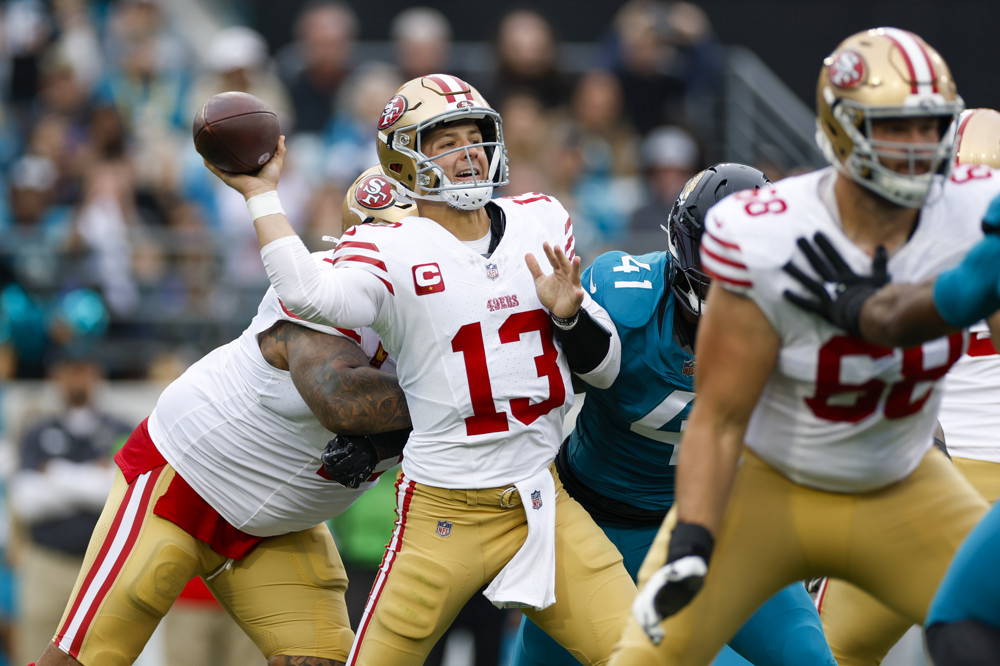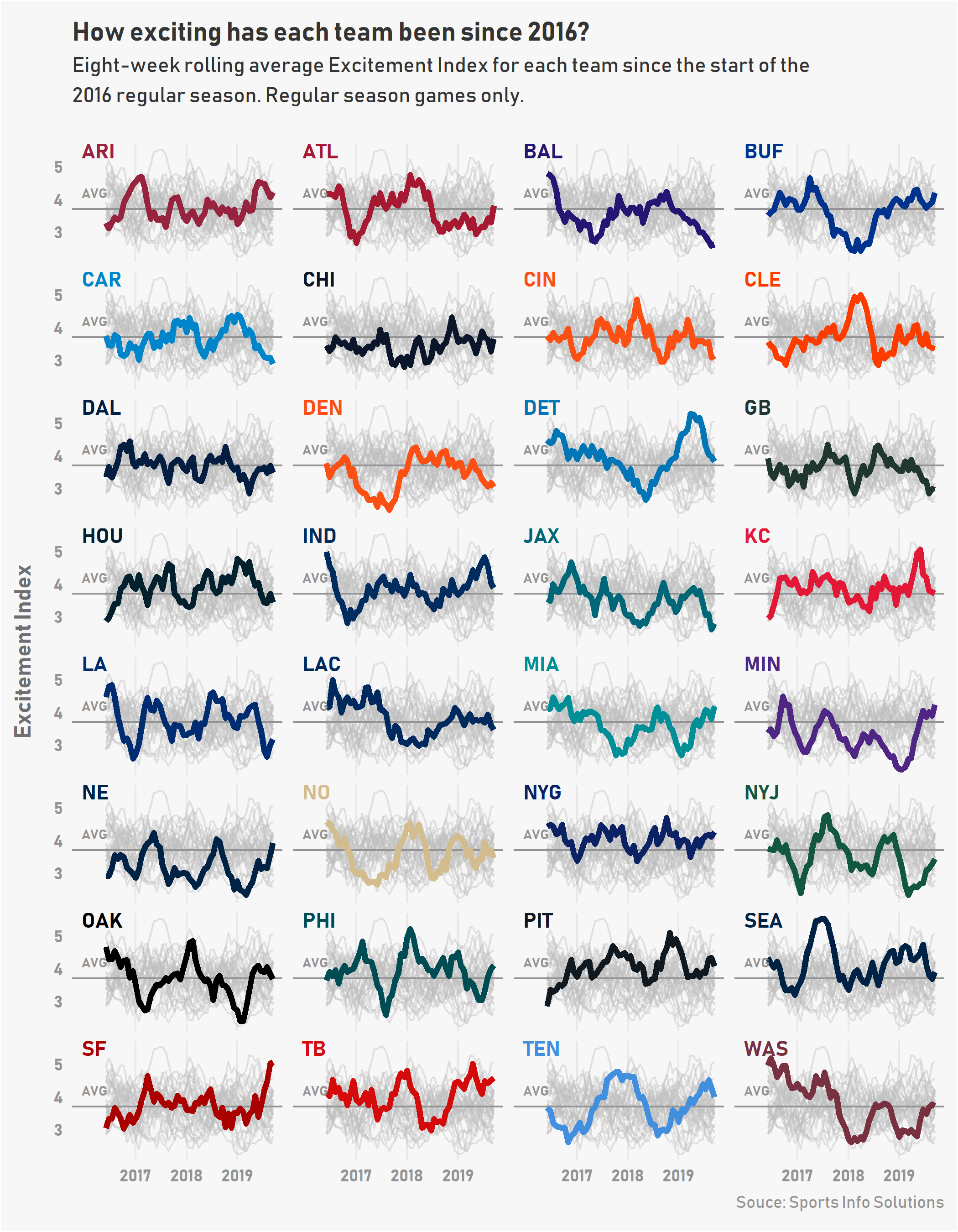A couple of weeks ago, Seth Walder of ESPN and I were guests on Establish The Run with Adam Levitan and Michael Leone to talk about how NFL teams use “analytics.” Given my background as a scout for the Saints and Browns before spending my last eight years serving teams at SIS, I have some thoughts!
You can use analytics for game planning and in-game decision making. You can use it for roster construction. One that people might not think about is the performance side of things, where it interacts with strength coaches and the training staff. The NFL is about keeping players healthy. If you can find an advantage there, that’s huge.
There are certain teams and coaches that are fully in. There are certain departments that have specific use cases. Right now, there is still low-hanging fruit available that can give you an edge. It’s all part of the adoption cycle.
I actually don’t like using the word ‘analytics’ because it can make people uncomfortable. People get afraid. People are worried that scouts are going to get replaced.
When someone says, ‘Where can analytics make the most impact?’ I don’t think of it that way. To me, it’s ‘Where can information help people make better decisions that have impact?’
The answer is: everywhere.
In the best scenarios, there’s not a dichotomy of ‘this is scouting’ and ‘this is analytics.’ It’s blended. You’re using your analysts to make scouts that are more informed and can understand information that you’ve mutually agreed is important.
For example, if you wanted to show how a quarterback handled certain situations or you wanted to see a player’s injury history, the way an analytics team organizes information can help a scout with their video cutups. They work better together rather than siloed.
If there are people who believe that the data captures everything and there’s no use for scouts and coaches, that’s crazy and the hubris of that is crazy.
I say this as someone who has worked on both sides. The best information a team has is its scouting information. Their scouts have been trained for years in watching players and their actions in highly specific ways. The best “analytics” make use of this treasure trove of information.
That the place of analytics in the NFL isn’t a settled debate yet is fascinating to me. Our company has a 22-year history in baseball. It’s settled there. Every team has a sizable analytics department. The shift has been made to analytics that are more prescriptive. How can we make better players?
If we look to other sports for a glimpse into the future, the game could change in unforeseeable ways. I can imagine scenarios as wild as teams playing with multiple quarterbacks on the field becoming the norm. More predictably, the game will continue to become much more positionless. When you look across sports, you notice teams encouraging versatile players and creating ways to take advantage of spacing.
That’s where MLB and the NBA have been headed for years now. They measure and value the importance of spacing. And everyone is looking for versatility.
With football analytics, there is versatility. There’s not just 4th-down decision-making info. There’s Expected Points (and in our case, Total Points). There’s injury data. There’s scouting data. Every team has access to NextGen data. There are new developments in AI and machine learning that are going to open all sorts of avenues. We’re just scratching the surface there.
What we don’t fully have yet is belief and buy-in. We’re getting there but there’s still a way to go. I look forward to seeing it develop over time.


